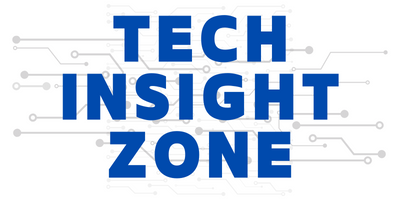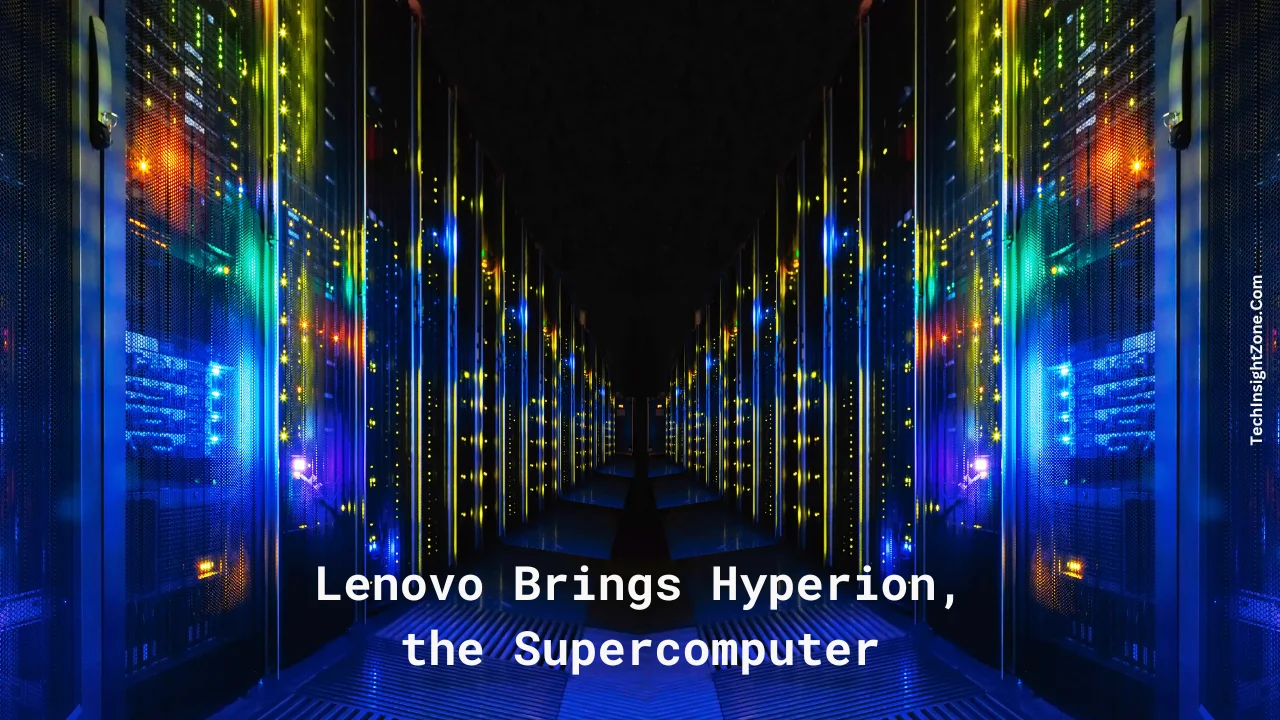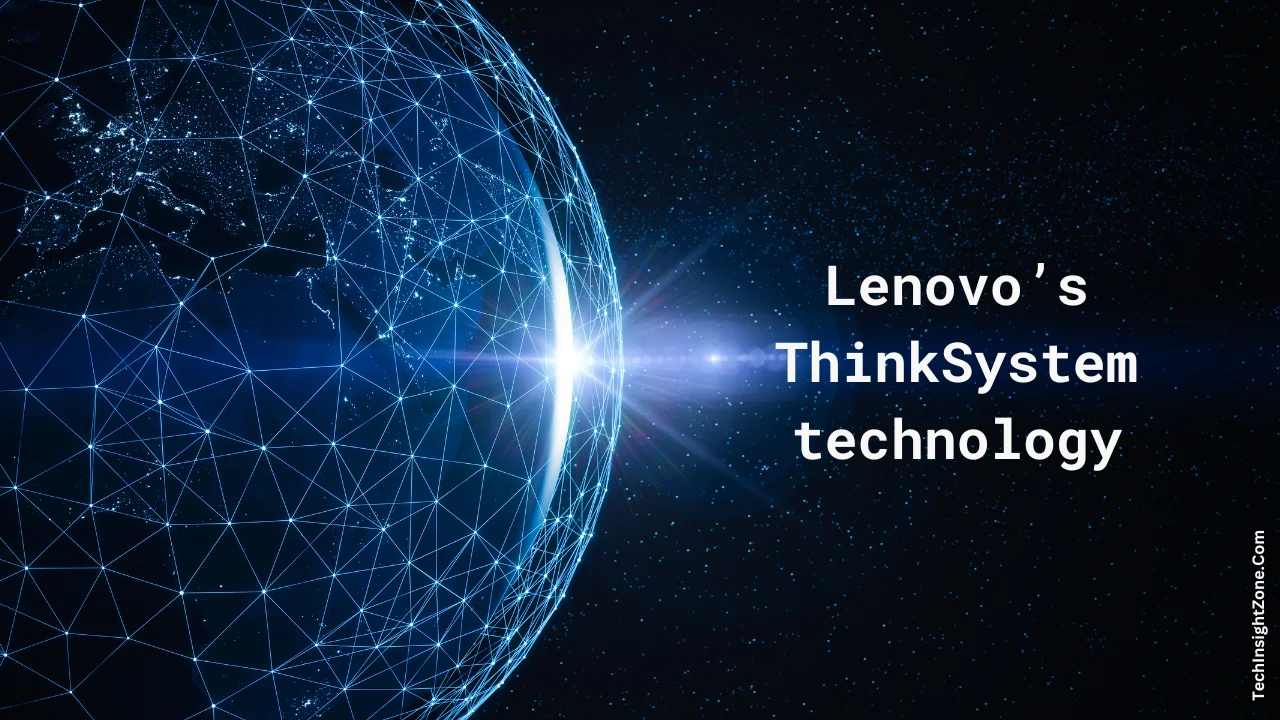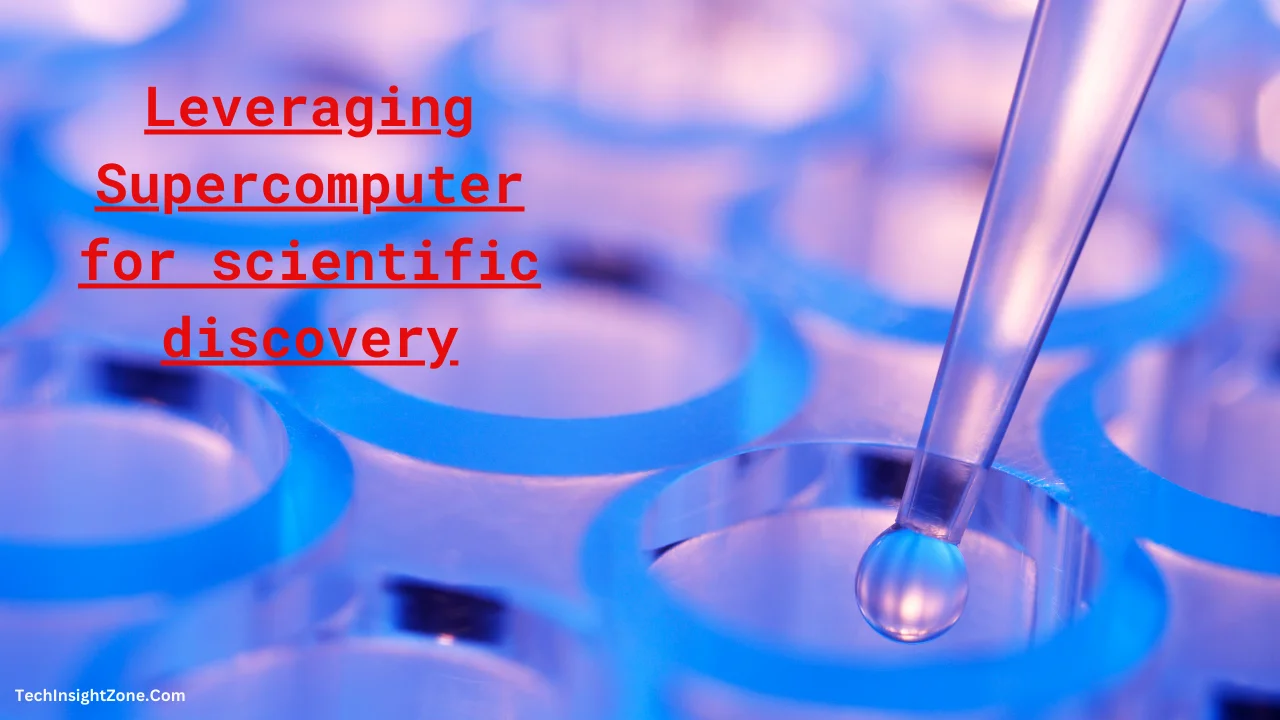The Donostia International Physics Center (DIPC) has recently unveiled its new supercomputer, Hyperion, powered by Lenovo technology.
This upgrade marks a significant leap in the center’s computational capabilities, enabling researchers to delve deeper into some of humanity’s most complex questions.
Why DIPC Craved More Power?
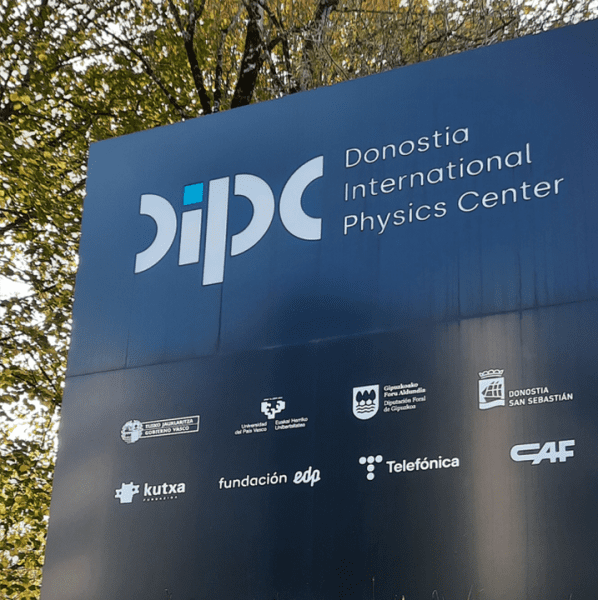
The DIPC has always been a hub for scientific research, attracting experts and Nobel laureates from around the globe. However, as the complexity of computational simulations increased, so did the demand for more computing power.
The previous supercomputer, Atlas, while instrumental in past discoveries, was starting to strain under the weight of these ever-more intricate calculations.
Dr. Txomin Romero Asturiano, director of the DIPC, noted, “We wanted to offer our users the greatest high-performance computing power possible to maintain our reputation as a focus of innovation in the Basque Country.”
Also, the DIPC required a unique cooling design due to the challenge of maintaining optimal temperatures for hypercomputer facilities. Lenovo’s proposal was able to meet this requirement, providing an energy-efficient solution with a low carbon footprint.
Moreover, Hyperion has already proven to be a game-changer. It is three times more powerful than its predecessor, Atlas, and has 15% more cores than the competition.
Now, let’s talk about how Lenovo is fulfilling DIPC’s demand!
What’s Inside the Lenovo’s Winning Proposal
Lenovo proposed the ThinkSystem technology as the foundation for Hyperion.
The new supercomputer boasts 60 ThinkSystem SR360 V2 Nodes, each with 256 Gb of memory, Intel Xeon Gold 6342 24C processors totaling 2,880 cores, and 16 Lenovo ThinkSystem SR650 V2 storage nodes, among other technologies.
| Component | Specification |
| Processor | Intel Xeon Gold 6342 24C processors |
| Cores | 2,880 cores |
| Memory | 60 ThinkSystem SR360 V2 Nodes with 256 Gb of memory each |
| Storage | 16 Lenovo ThinkSystem SR650 V2 storage nodes |
| Special Features | Energy efficient solution with a low carbon footprint |
- ThinkSystem SR360 V2 Nodes: These nodes are the building blocks of Hyperion, providing the processing power and memory needed to run complex simulations.
- Intel Xeon Gold 6342 24C processors: These processors are specifically designed for high-performance computing applications, offering high clock speeds and multiple cores per processor.
- Lenovo ThinkSystem SR650 V2 storage nodes: These nodes provide the storage capacity needed to store the vast amounts of data generated by Hyperion’s simulations.
Overall, Lenovo’s technology is enhancing Hyperion’s power by providing a highly scalable and efficient computing platform. The ThinkSystem SR360 V2 nodes provide the processing power needed to tackle complex problems, while the Intel Xeon Gold 6342 24C processors offer the speed and cores necessary to run these simulations efficiently.
The Lenovo ThinkSystem SR650 V2 storage nodes ensure that Hyperion has the storage capacity to handle the ever-growing demands of scientific research.
In addition to these technical specifications, Lenovo’s technology is also helping to make Hyperion more energy efficient.
This is important because supercomputers can consume a lot of power, which can save the DIPC money and help reduce its environmental impact as well.
Hyperion Unleashed: Powering Discovery at Unprecedented Speeds
The impact of Hyperion is already rippling through the scientific community. Operations now run three times faster, allowing researchers to embark on more ambitious simulations and tackle multiple projects simultaneously.
This translates to significantly reduced waiting times, ensuring researchers have the resources they need, 24/7.
“Hyperion’s performance is beyond what we even anticipated,” beams Dr. Asturiano. “Thanks to Lenovo’s innovative technology, we’re empowering the world’s brightest minds to solve the most critical problems we face.”
Lenovo’s Vision: Shaping the Future of Scientific Discovery
Hyperion is more than a supercomputer; it’s a window into the future of scientific discovery. Companies like Lenovo are constantly pushing the boundaries of supercomputing, making these immensely powerful machines more accessible, efficient, and user-friendly. This paves the way for a future where scientific breakthroughs happen at an exponential rate.
Imagine breakthroughs in medicine, for instance, like designing new drugs to combat previously untreatable diseases, all thanks to the immense power of Hyperion’s simulations that can analyze protein structures in much finer detail and faster than ever before. Climate modeling will also benefit tremendously, allowing researchers to develop more effective strategies to mitigate the effects of climate change.
The future of supercomputing is equally exciting. Will we see a shift towards quantum computing or even more powerful classical architectures? One thing’s for certain – the race to build ever-more powerful machines is on, and the potential for scientific discovery is limitless.
The Basque Country is at the forefront of this revolution, and with Hyperion leading the charge, the possibilities are truly endless. This isn’t just about scientific progress; it’s about shaping a brighter future for all of us.
And speaking of possibilities, delve into how Lenovo and CMCC join forces to tackle climate change head-on. Discover how these partnerships intertwine, shaping a future where technology not only advances research but also champions global sustainability initiatives. Explore more on this significant stride forward.
